Mostly good answers on here, but it's simple Use e^(x) = 1 / e^x So, with u = e^x, we want a positive real number u for which u = 1/u Realize that the only positive realnumber solution to u = 1/u is u = 1 So, e^x = 1 From that, x = 0 becaus@17 n03 26 @ 1101 @ e h a y vs l ʃg w f x @bsl @17 N03 12 @ 1604 @ E H A Y vs b cE^x just means multiply e with itself x times The same is for e^y If you write that down, you will have e multiplied with e x times, times e multiplied with e y times This will mean that you're actually multiplying e with itself xy times, therefore the result is e^(xy)
Hgc 900 Single Mode Cellular Cdma Phone Test Report Hyundai Electronics Industries
ƒXƒ^[ƒEƒH[ƒY •ÇŽ† ‚¨‚µ‚á‚ê
ƒXƒ^[ƒEƒH[ƒY •ÇŽ† ‚¨‚µ‚á‚ê-If you want to increment the value pointed to by x you should write *x;Jul 27, 18 · or,1 = x x − y { d dx (x) − d dx (y)} ln(x − y) ⋅ dy dx ∴ 1 = x x −y {1 − dy dx } ln(x −y) ⋅ dy dx ∴ 1 = x x −y − x x −y ⋅ dy dx ln(x − y) dy dx ∴ 1 − x x − y = {ln(x −y) − x x −y } dy dx ∴ (x − y) − x x − y = (x −y)ln(x − y) −x x − y ⋅ dy dx ∴ − y = {(x −y)ln(x − y) − x



Zq C A I Uœ Zq C A Iœ A C Es Ae I Dˆc Yzc E Ss E ƒvƒs ƒyev µ Zz A I Uˆczo Buy Online In Aruba At Aruba Desertcart Com Productid
A l l y x e h O u t f i t s March 4 at 344 PM · 🌟 Por último no puede faltar un gran accesorio para complementar tus Outfits 🌟 Diademas en $30 $40 y $50 🌟 Finally, you can't miss a great accessory to complement your Outfits 🌟 Headbands at $ 30 $ 40 and $ 50 TranslatedH (x) = ſ P(x) Dx Q1( 15 Pts) Solve The Following ODE Y' = (1 Y2) Cos(x) Q2 (15 Pts) Solve The Following ODE Y' Iy= X This question hasn't been answered yetOr if to use the postincrement operator then ( *x );
The value pointed to by y is incremented People for Process Automation offer you solutions and products in flow, level, liquid analysis, pressure, temperature measurement, software and system productsFree PreAlgebra, Algebra, Trigonometry, Calculus, Geometry, Statistics and Chemistry calculators stepbystep
Free math problem solver answers your algebra, geometry, trigonometry, calculus, and statistics homework questions with stepbystep explanations, just like a math tutorTheorem 1 (Expectation) Let X and Y be random variables with finite expectations 1 If g(x) ≥ h(x) for all x ∈ R, then Eg(X) ≥ Eh(X) 2 E(aX bY c) = aE(X)bE(Y)c for any a,b,c ∈ R 1Compute answers using Wolfram's breakthrough technology & knowledgebase, relied on by millions of students & professionals For math, science, nutrition, history



幼儿园大班家长评语下载 Word模板 爱问共享资料


Hgc 900 Single Mode Cellular Cdma Phone Test Report Hyundai Electronics Industries
̓~12 ɂ̓G s \ h7 w X ^ E E H Y/ t H X ̊o x ̌ J T Ă u X ^ E E H Y v V Y B Ȃ ƁI ́u X ^ E E H Y v ̉p a T āc m ł H ̂ ӂ i ̃X N v g i V R 쁁 G s \ h P ` R j ɓo ꂷ 鍂 Z E w x ̉p P 𒆐S ɖ 1,000 ᕶ Ŏ ^ A ␁ ւ ł͓` Ȃ ׂ ȃj A X ᕶ ŕ\ Ă ܂ BThe number e, also known as Euler's number, is a mathematical constant approximately equal to 2718, and can be characterized in many ways It is the base of the natural logarithm It is the limit of (1 1/n) n as n approaches infinity, an expression that arises in the study of compound interestIt can also be calculated as the sum of the infinite seriesDec 11, 19 · Ex 95, 3 In each of the Exercise 1 to 10, show that the given differential equation is homogeneous and solve each of them (𝑥−𝑦)𝑑𝑦−(𝑥𝑦)𝑑𝑥=0 Step 1 Find 𝑑𝑦/𝑑𝑥 (x − y) dy − (x y) dx = 0 (x − y) dy = (x y) dx 𝑑𝑦/𝑑𝑥 = (𝑥 𝑦)/(𝑥 − 𝑦) Step 2 Put 𝑑𝑦/𝑑𝑥 = F(x, y) and find out F(𝜆x


Altgr Key Wikipedia



Calameo Adivina
C xy ≤ 1,x,y ≥ 0 0 otherwise (1) To find the constant c we integrate over the region shown Note that we are integrating a constant over a region of area 1/2, so we should expect the result of the integration to be c/2 This gives Z 1 0 Z 1−x 0If X and Y are jointly discrete random variables, we can use this to de ne a probability mass function for X given Y = y I That is, we write p p(x;y) XjY (xjy) = PfX = xjY = yg= p Y (y) I In words rst restrict sample space to pairs (x;y) with given y value Then divide the original mass function by p Y (yH (x) = Sp(x) Dx Q1( 15 Pts) Solve The Following ODE Y = (1 Y2) Cos(x) Q2 (15 Pts) Solve The Following ODE Y Y = X This problem has been solved!
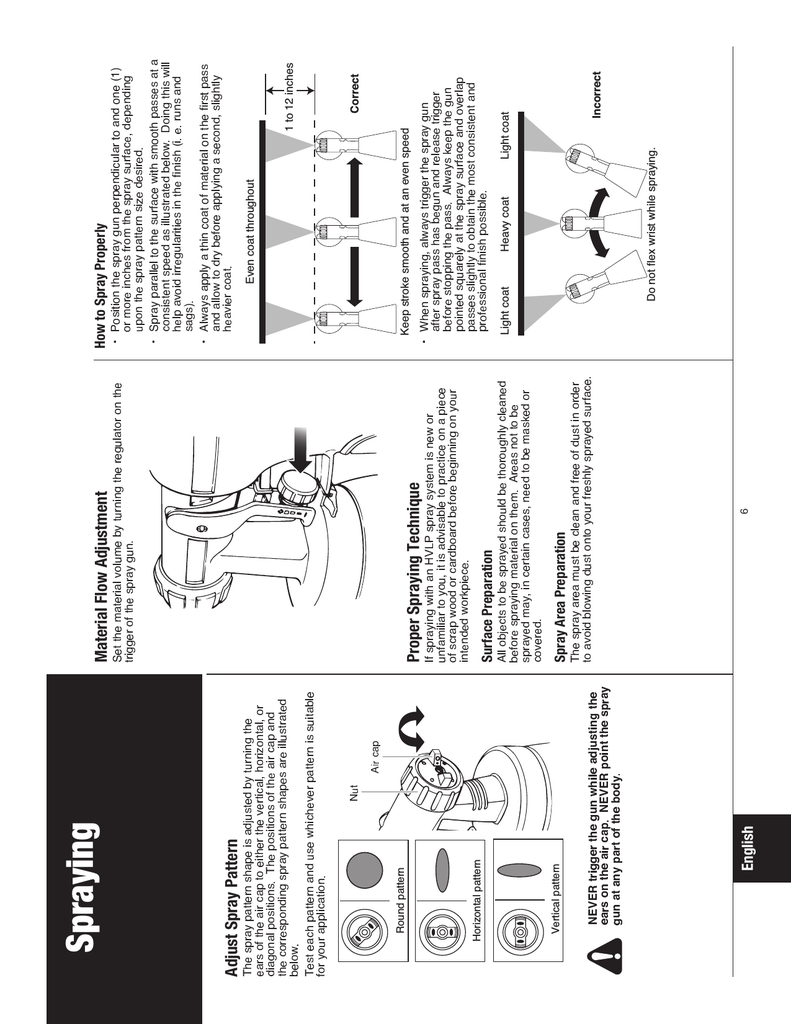


Wagner User Guide Manualzz



Di A A Thy Thyyy Thyyy Yyyyyyyyyyyyyyyyyyyyyyyyyyyy
E X = ∫ − ∞ ∞ x f X ( x) d x E X Y = ∫ − ∞ ∞ x f X Y = y ( x Y = y) d x and f X Y = y ( x Y = y) = f ( x, y) f Y ( y) so E E X Y = ∫ − ∞ ∞ x ∫ − ∞ ∞ x f ( x, y) f Y ( y) d x d x However, I cannot see how the last expression equals the expected value of X Can I have some help?From the power series definition, it is clear that e^t>1 for t>0 Take x>y and let t=xy>0 Then e^{xy}=e^t>1, which implies e^x=e^{xy} e^y > e^y This assumes thatQuestion Some Useful Formula Y(x) = Eh(x) (S Eh(z) (x) Dx C);



List Of Unicode Characters Wikipedia


9249r User Manual Manual Taiyo
Mar 11, 21 · Ex 55, 15 Find 𝑑𝑦/𝑑𝑥 of the functions in, 𝑥𝑦= 𝑒^((𝑥 −𝑦))Given 𝑥𝑦= 𝑒^((𝑥 −𝑦)) Taking log both sides log (𝑥𝑦) = log 𝑒^((𝑥 −𝑦)) log (𝑥𝑦) = (𝑥 −𝑦) log 𝑒 log 𝑥log𝑦 = (𝑥 −𝑦) (1) log 𝑥log𝑦 = (𝑥 −𝑦)(As 𝑙𝑜𝑔(𝑎^𝑏 )=𝑏 𝑙𝑜𝑔𝑎)("As " 𝑙𝑜𝑔𝑒=1Aug 14, 17 · Explanation Applying log to both sides logx = y ey⋯ Aplying again log(logx −y) = y ey⋯ so logx = log(logx − y) or x = logx −y now deriving both sides 1 = 1 x − y' and then y' = 1 xSince E(x) = ex is the inverse of L(x) = lnx, then with y = ex, d dx ex = E0(x) = 1 L0(y) = 1 (lny)0 = 1 1 y = y = ex First, for m = 1, it is true Next, assume that it is true for k, then d k1 dxk1 ex = d dx d dxk ex = d dx (ex) = ex By the axiom of induction, it is true for all positive integer m 3



Di A A Thy Thyyy Thyyy Yyyyyyyyyyyyyyyyyyyyyyyyyyyy



Zq C A I Uœ Zq C A Iœ A C Es Ae I Dˆc Yzc E Ss E ƒvƒs ƒyev µ Zz A I Uˆczo Buy Online In Aruba At Aruba Desertcart Com Productid
M C Wei 1 , W X Zong, E H Cheng, T Lindsten, V Panoutsakopoulou, A J Ross, K A Roth, G R MacGregor, C B Thompson, S J Korsmeyer Affiliation 1 Howard Hughes Medical Institute, Departments of Pathology and Medicine, Harvard Medical School, DanaFarber Cancer Institute, Boston, MA , USAIf x = y = 0 initially, both cases will have answer 2, if x = 1, y =2 then both cases will have answer 5 Anonymous May 19, 12 Flag Reply Comment hidden because ofK f E H YC ̏ i y W ł B z Z ^ ʔ DCM I C ւ悤 I IDCM z } b N ADCM J } ADCM _ C L ADCM T ADCM 낪 ˂ Ńz Z ^ P ʂ̂c b l z f B O X ^ c ̃l b g ʔ̂ł B



Mojibake Wikipedia
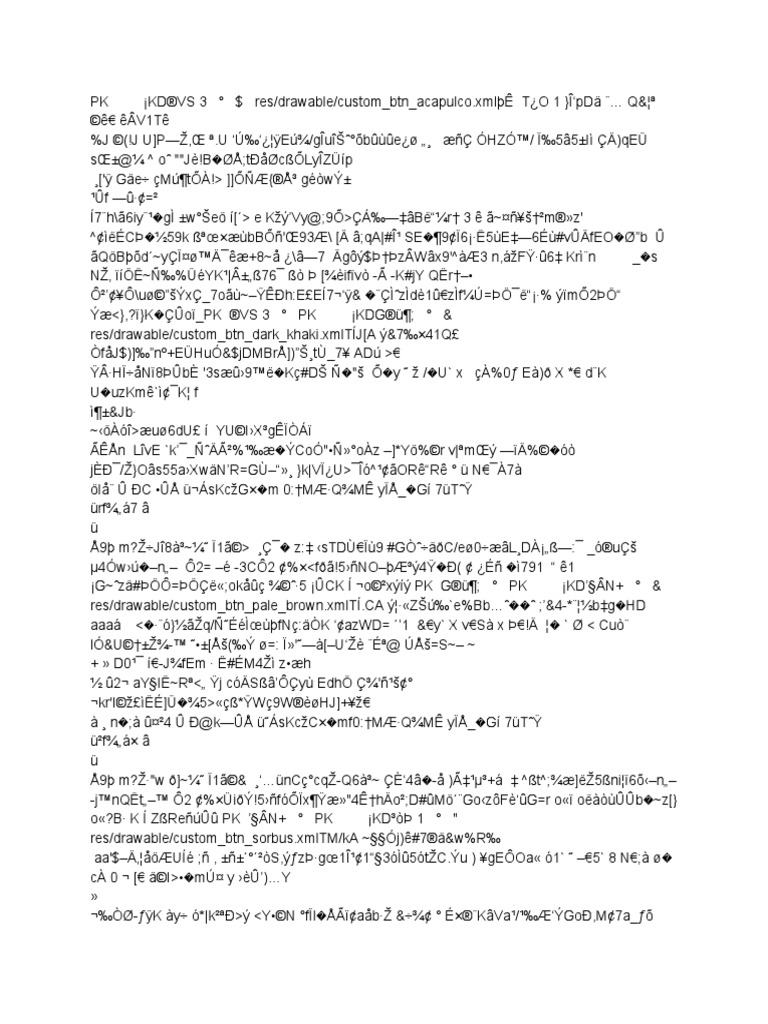


Sin Confirmar Crdownload Pdf
Y = C I G (XM) National income with government interference From the national income, some will be used for consumption, saving, and other's used for paying taxes With adding of variable taxes on national income, then the formula is Y = C S T̂r e f E X ^ E E H Y @ G s \ h P ̖ V Č u X ^ E E H Y @ G s \ h T v c w t B M A A N C K E W o ł B t ̃ C g Z C o t B M A ɑ A { ^ ƁA N C K E W Z C o U A ܂ B ɁA f b N X 搂 Ă 邾 ̎ ͂ ܂ BX ^ E E H Y w ̐l C ւ n E \ ́A ɂ Ĉ ׂ } n E \ ƂȂ ̂ H ͈ ̃p C b g ڎw n E \ ƁA U ̑ _ ` o b J A Ĉ @ ~ j A E t @ R Ƃ̉^ ̏o Ƃ́H


y06 Density Meter User Manual Ae C C E œ 4 Toshiba



Ae Ae E High Resolution Stock Photography And Images Alamy
Nov 09, 18 · Welcome to Sarthaks eConnect A unique platform where students can interact with teachers/experts/students to get solutions to their queries Students (upto class 102) preparing for All Government Exams, CBSE Board Exam, ICSE Board Exam, State Board Exam, JEE (MainsAdvance) and NEET can ask questions from any subject and get quick answers byMay 17, 09 · Favorite Answer GIVEN x*e^y y*e^x = 1 Differentiating the above, x (e^y) (dy/dx) e^y ye^x e^x (dy/dx) = 0 Factoring out "dy/dx" dy/dx xe^y e^x e^y ye^xBy definition $E(X\mid Y)$ is random variable which satisfies $$ E(X \cdot 1_G) = E\bigl(E(X\mid Y)\cdot 1_G\bigr), \quad \text{for all} \ G \in \sigma(Y) $$ Simply take $G=\Omega$ such that $1_G=1$ and you get the desired result



大学生创业事迹材料下载 Word模板 爱问共享资料
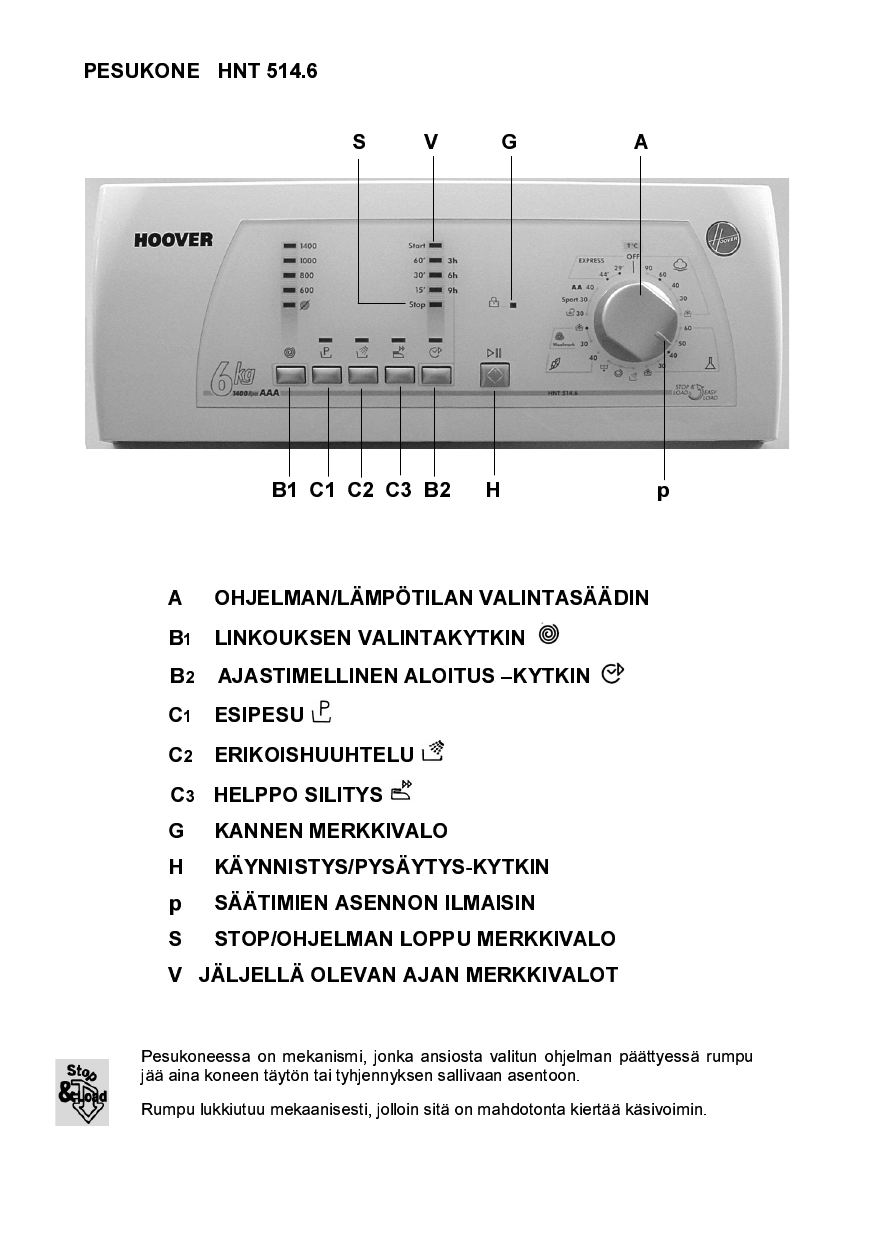


Hoover Hnt 514 6 Sy a User Manual Manualzz
166 12 EXPECTATIONS Solution We rst draw the region (try it!) and then set up the integral E XY = 1 0 y 0 xy 10 xy 2 dxdy = 10 1 0 y 0 x 2 y3 dxdy 10 3 1 0 y3 y3 dy = 10 3 1 7 = 10 21 First note that Var( Y ) = E Y 2 (E Y )2ThenCompute answers using Wolfram's breakthrough technology & knowledgebase, relied on by millions of students & professionals For math, science, nutrition, historySee the answer Show transcribed image text Expert Answer Previous question Next question



Mdn By Merdeka Daily News 自由日报 Issuu



Z Wiktionary
Use the method of cylindrical shells to find the volume generated by rotating the region bounded by the given curves about the specified axis y = e^x, y = e^In this *improvised* video, I rigorously prove some properties of the exponential function, namely that e^(xy) = e^x e^y, e^x = 1/e^x and e^ax = (e^x)^aTheQuestion Some Useful Formula Y(x) = Eh(x) (S Eh(a) Y (x) Dx c);



Calameo Dileep 1
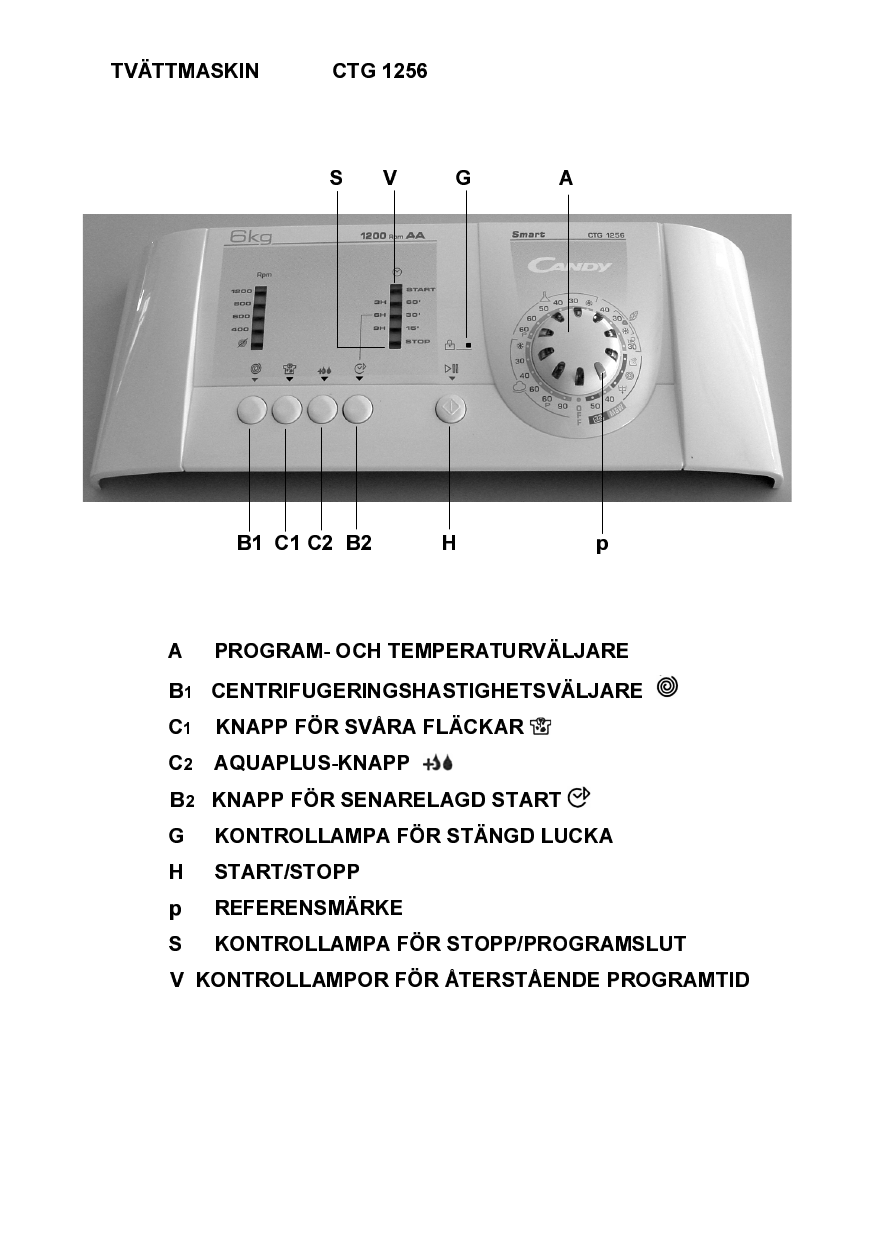


Candy Ctg 1256 Sy User Manual Manualzz
That is at first you need to dereference the pointer and after that increment the pointed object In this statement *y = 1;Mar 06, 14 · x=y and x=y I know if I had, say, x or y that would mean whatever number x or y was it would be added by 1 Or if I had, say, x=y it would equal x=y 1 Or also if I had x=y it would equal x=y But then again, I could have that all wrong too AceDawg45 = is the same as using x = x ySep 12, 09 · Ans e^x Here is How Method1 By def, the given limit represents the derivative of the function f (x) = e^x which is itself, ie, f ' (x) = e^x Method2 If u want to evaluate it as a limit, then note that e^(xh) = e^x e^h so that L = lim( h > 0) ( e^x e^h ) e^x / h = e^x lim( h > 0) ( e^h 1 ) / h = e^x ln(e) = e^x



D Wiktionary



Di A A Thy Thyyy Thyyy Yyyyyyyyyyyyyyyyyyyyyyyyyyyy
Free math problem solver answers your algebra, geometry, trigonometry, calculus, and statistics homework questions with stepbystep explanations, just like a math tutorØ W Ø C G Ô S q O Ö û r M n q Ø y p u v g Ö y d F y N F V Ø C G v r d ^ s v o O q \ Á u v g W r Æ ð Ä Î d ^ s W F õ u Ö û z N F v g W M n j y s b q } Q ^ s W r X ^ s s b q O y r Ù Ñ 0 u v U O q z À X X ( u 2 " U ( O d }Stack Exchange network consists of 176 Q&A communities including Stack Overflow, the largest, most trusted online community for developers to learn, share their knowledge, and build their careers Visit Stack Exchange
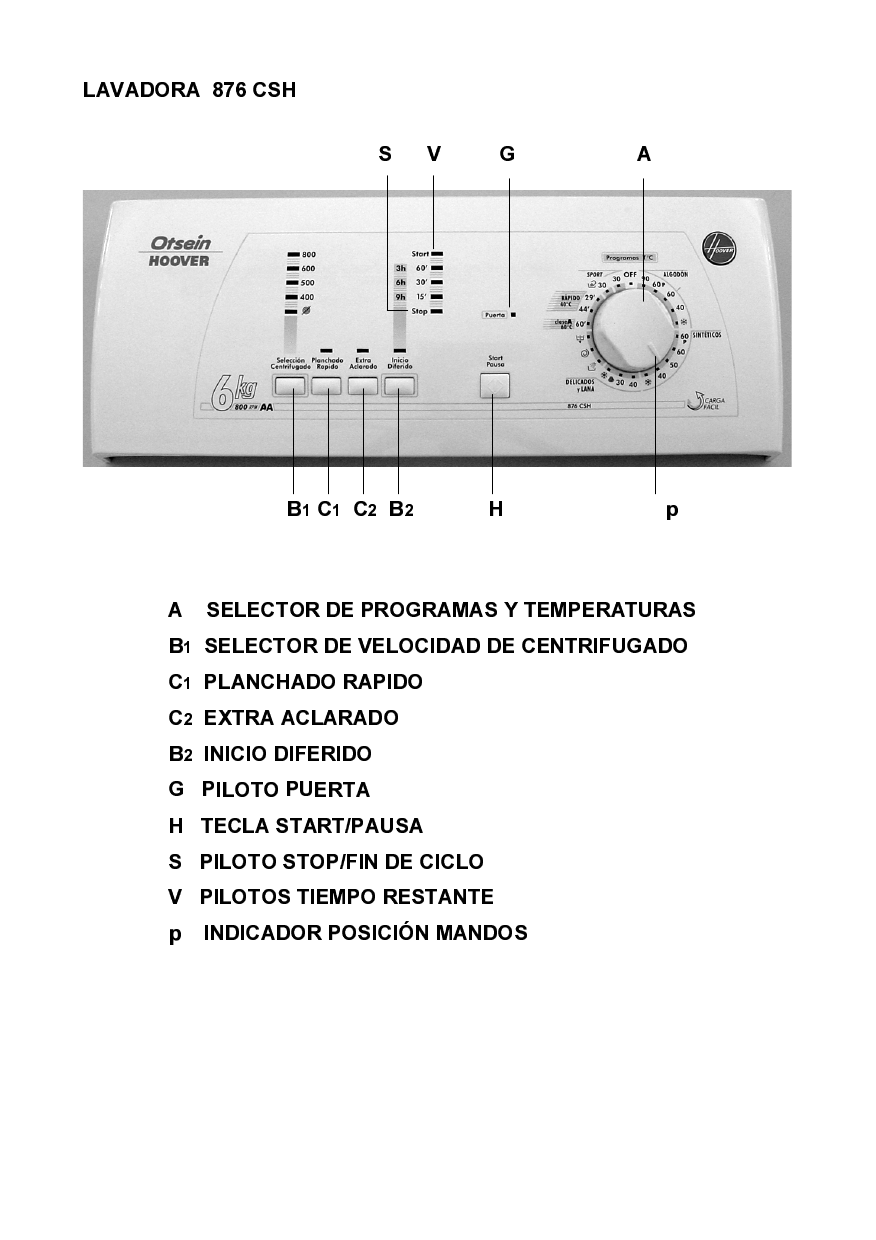


Otsein Hoover 876 Csh User Manual Manualzz



语文a版语文五上 新年来了 Ppt课件3下载 Word模板 爱问共享资料
Apr 15, · Specifically, a generalized additive model, E(Y) = β 0 s(t), with an identity link was fitted, where Y are the Ct values, β 0 is the intercept and s(t) is a cubic spline evaluated at t daysThe meaning is simple when x < y we return 0, otherwise we return x y Now, consider all possible cases with 0 < x, y x < y find (x, find (x,y)) == find (x, 0) == x 0 == x == min (x, y) x == y find (x, find (x,y)) == find (x, x y) == find (x, 0) == x 0 == x == min (x, y) x > y• Ë { Q É 2 } L o 7 s Ç y s ¸ M E J E m Q D x • Ë { Q 1 1 Q
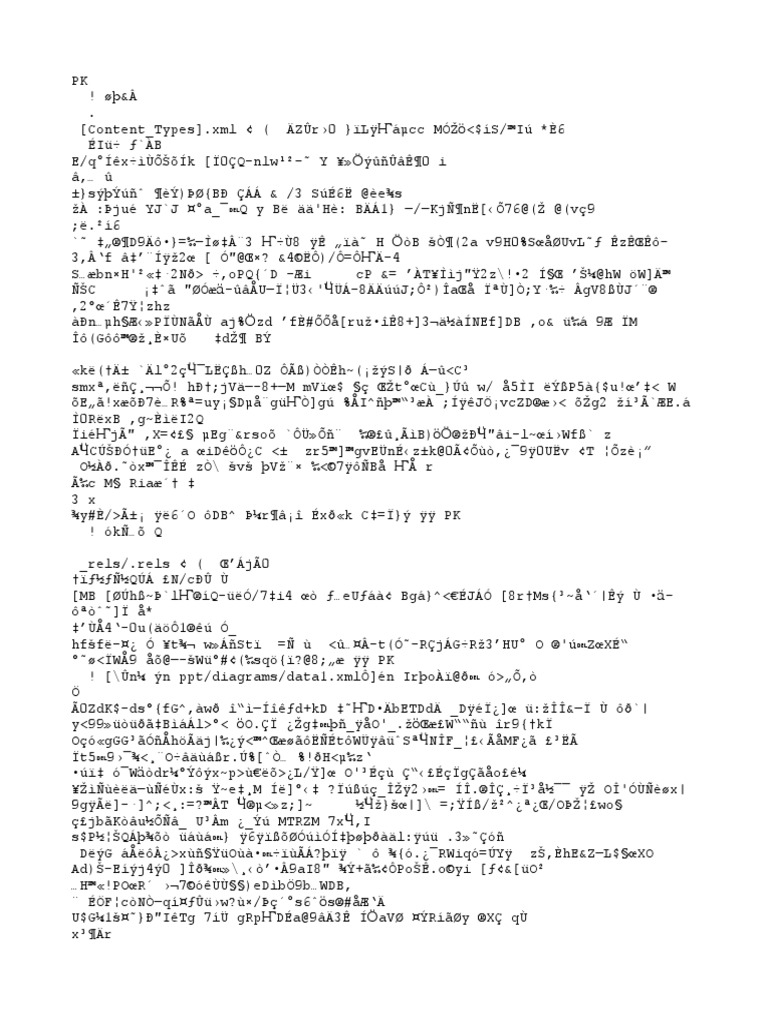


Luggage Retail Final4 Greek Alphabet Latin Script


0 件のコメント:
コメントを投稿